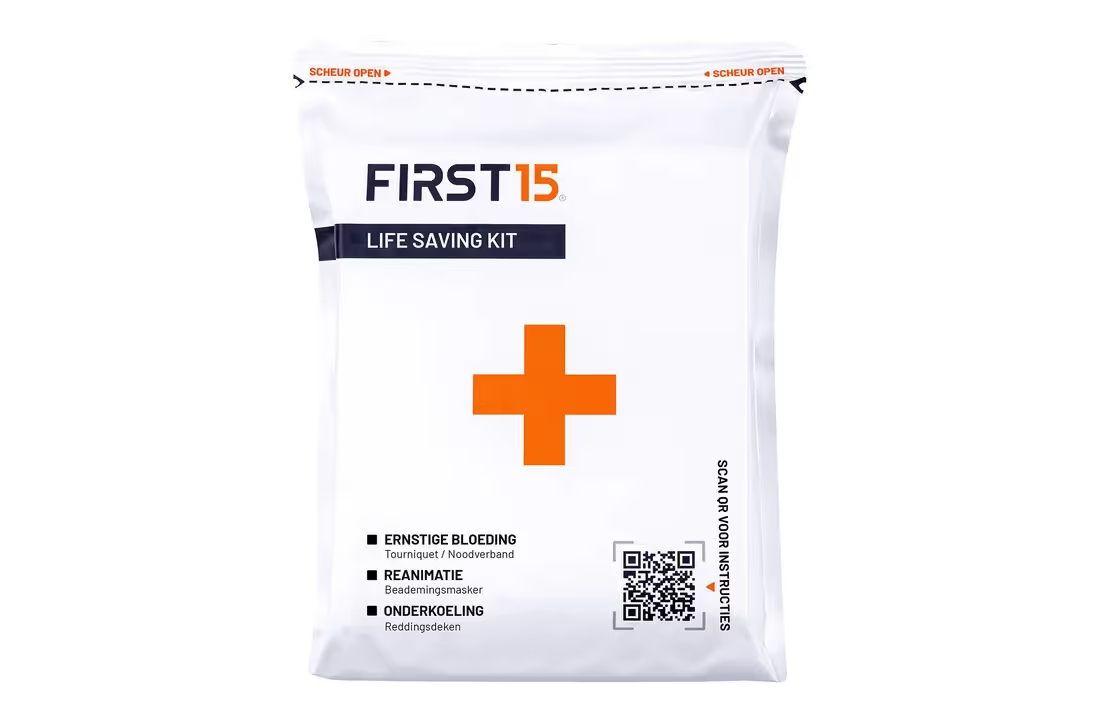SSCC label API
Are your trading partners requesting SSCC labels for your pallet shipments?
Would you like to automate this process and generate labels directly from your IT system?
Then the SSCC Label API connection is right for you.

Automate
Automate your labeling process and increase efficiency.
Save time
By connecting your IT systems using an API, you will save time.
GS1 compliant
The API generates a GS1 compliant SSCC label in no time.
Fast
Secure, fast and accurate.

Automate
Still manually typing/copying your SSCC codes into your IT system? Editing your electronic packing slip (DESADV) to add these SSCC codes?
Using the API all these activities can be fully automated.
On top of that you will no longer need to manually design labels based on your clients’ specifications.
No more worrying about how to generate the needed barcodes, and whether you meet all label requirements.
Save time
By connecting your IT systems using an API, you will save time and money. It will be no longer needed to maintain and input data in different systems.
You can start using this standard flexible building block immediately without having to program your own labeling system. The API connection optimizes processes and increases efficiency in your workflow.
By automating the generation of SSCC labels using an API that’s connected to your system, you’ll save yourself time and effort.


Secure, fast and accurate
You don’t have to worry about the safety of the API. The SSCC label API uses standard authorization methods and encryption (Oauth 2.0).
After the connection is set up, you can generate labels swiftly, safely and precisely in an automated manner.
Printing labels
The API generates the label and you’ll be able to either receive the label in PDF or a label request file in json format.
The API generates a GS1 compliant SSCC label in no time, that also meets your customers’ requirements.
The label request file that’s returned by the API can be processed by One2Label Automation.
One2Label Automation sends a label job directly and without delay to your Zebra printer.
Integrated solution
We have good news for everyone that works with a IT system. Most systems such as ERP, CRM or Warehouse Management Systems support API connections.
We’ve set up integrations with for organizations: using Salesforce, MS Dynamics 365, Exact Online, Exact Globe and AFAS.
The SSCC Label API can be combined with the EDI API connector. The EDI API connector communicates all EDI messages such as DESADV, ORDERS and INVOIC with your trading partners based on the data in your IT system.
Data delivery can be done in any format you’d like. We’ll handle the transformation, validation and routing of your messages.
On top of that we’ll ensure the messages meet the GS1 standard and all requirements set by you and your customers. Fast, secure and accurate.

Your benefits
You can start using this standard flexible building block immediately without having to program your own labeling system.
1. Save time
Save time and money by using an API that’s connected to your system.
2. Connect
Direct connection between your systems and the SSCC-label API.
3. No programming
No programming required.
4. Real-time
Exchange data in real-time.
5. Automate
Digitize your labeling processes.
6. Secure
The SSCC label API uses standard security methods and encryption (OAuth 2.0).
Meet our labeling experts
The T2S data specialists have extensive experience with in-line barcode labeling in various sectors, such as the food an non-food industry.














Curious about the possibilities?
Fill out the request form and we will get in touch with you within one business day.
Frequently Asked Questions
What is the SSCC label API and what does it do?
The SSCC label API is a web service that produces customer-specific and GS1-compliant SSCC labels, including GS1 barcodes and application identifiers, using Oauth 2.0 and JSON input.
How does the SSCC label API work?
We create an API client for you, and you receive a client ID and a client secret to request access tokens. This access token is needed to access the SSCC label API. You must send a JSON file along with the access token to make a request.
What kind of labels can be generated using the SSCC label API?
The API can generate both homogeneous SSCC labels and heterogeneous pallet labels. The JSON input file will vary depending on the requirements and preferences of your trading partners.
What is the output of the SSCC label API?
The output is a base64 encoded string that contains a PDF file with one or more SSCC labels. This file can be printed, emailed or saved.
Can the SSCC label API be used to print directly on an industrial printer?
Yes, the SSCC label API can control one or more Zebra printers when used in combination with One2Label Automation. Instead of generating a PDF, the API creates a trigger file that is processed by One2Label Automation to send the request directly to the printer.




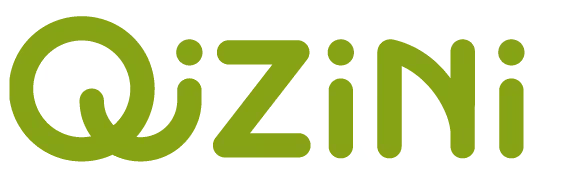



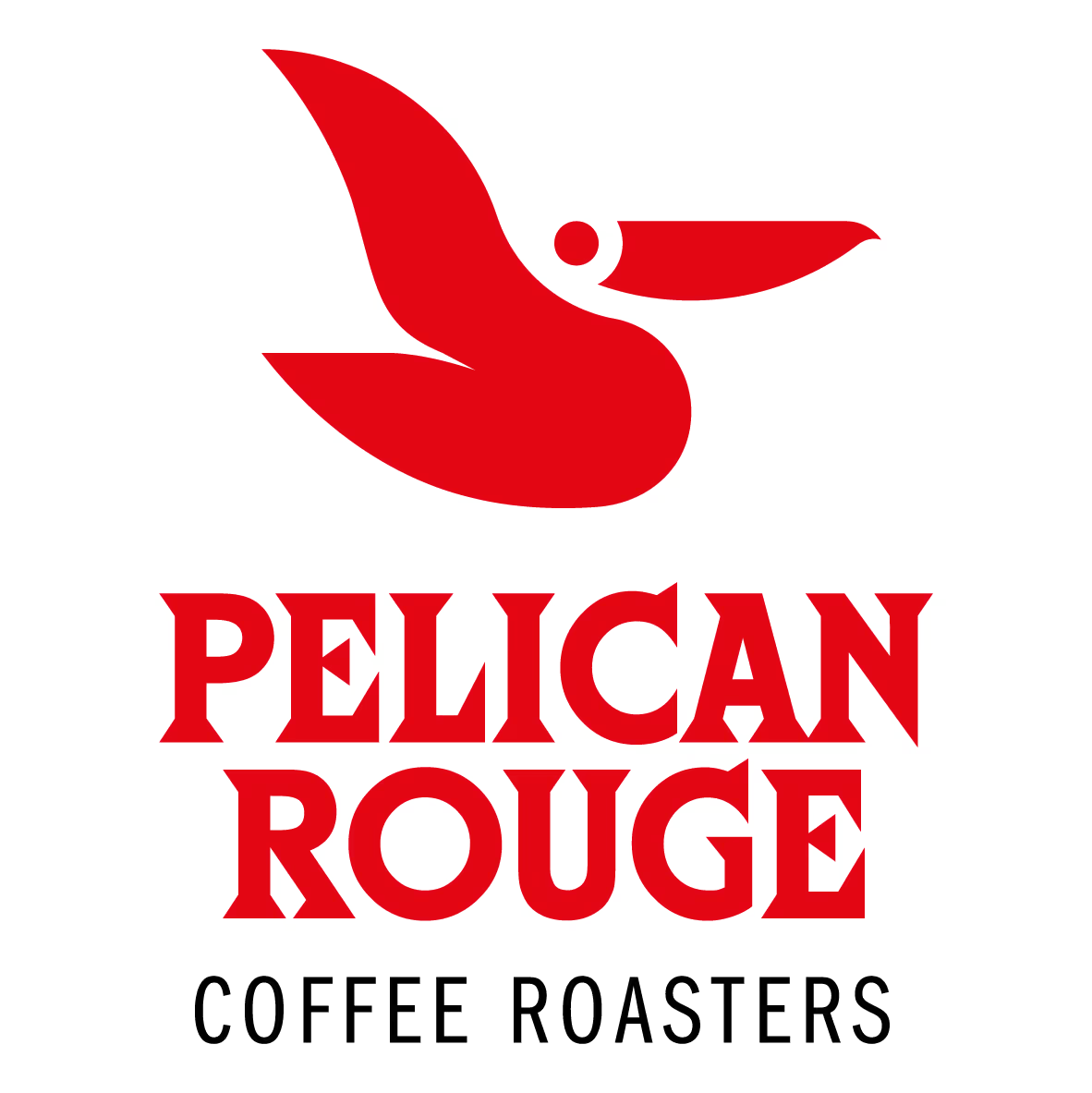






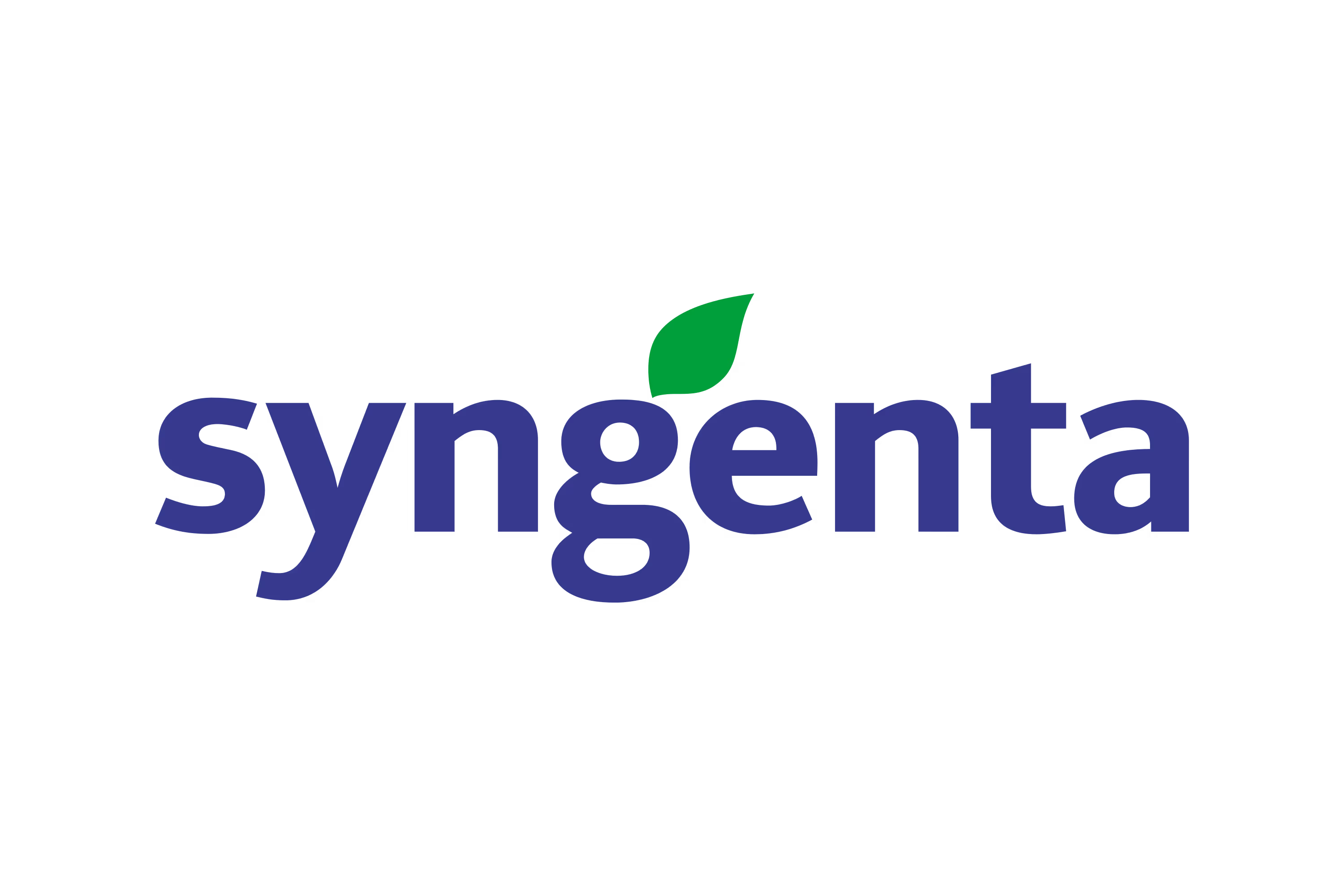






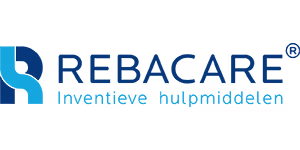


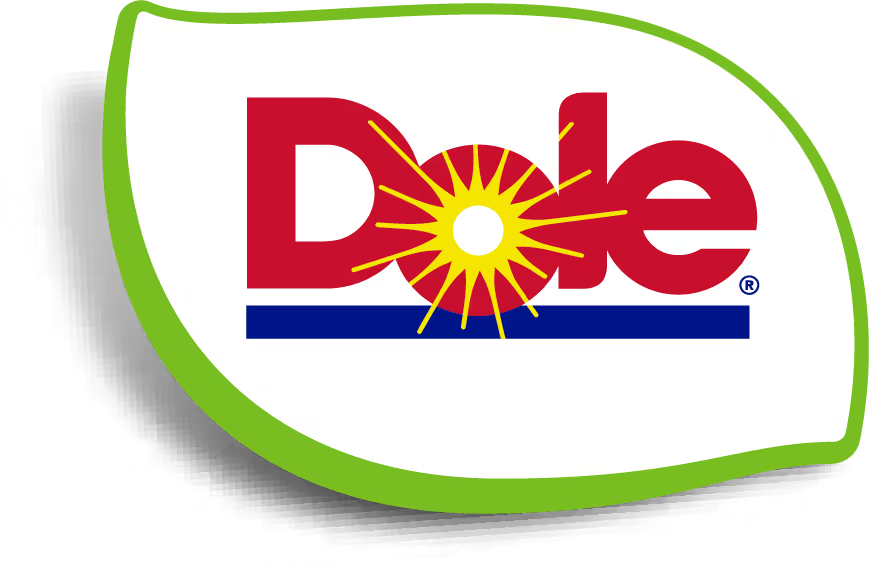










.svg)






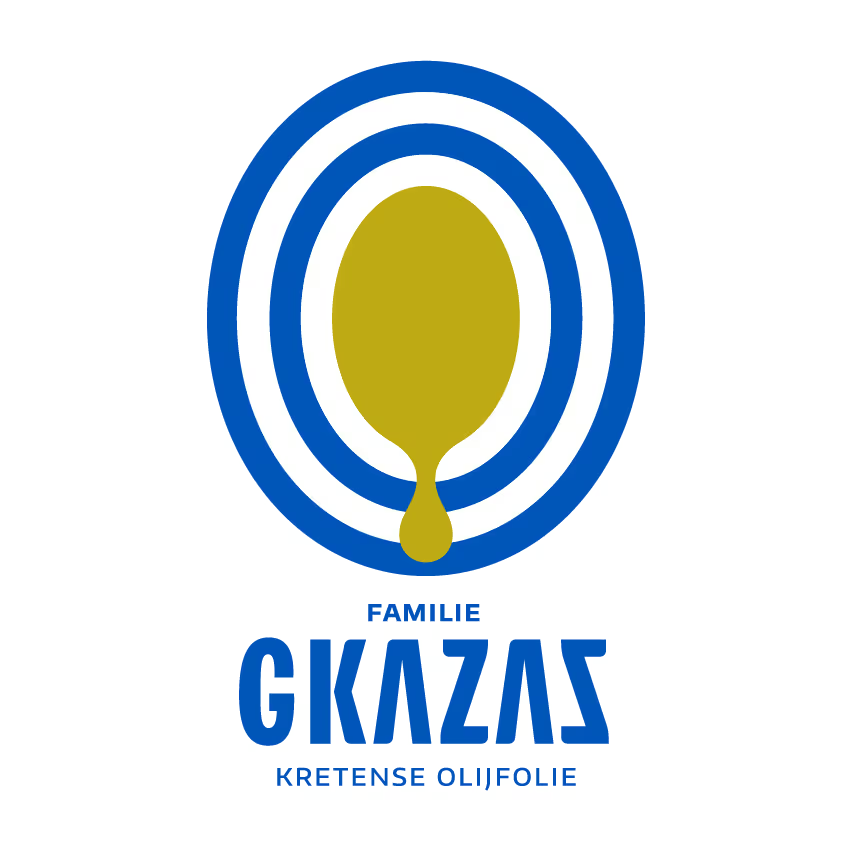





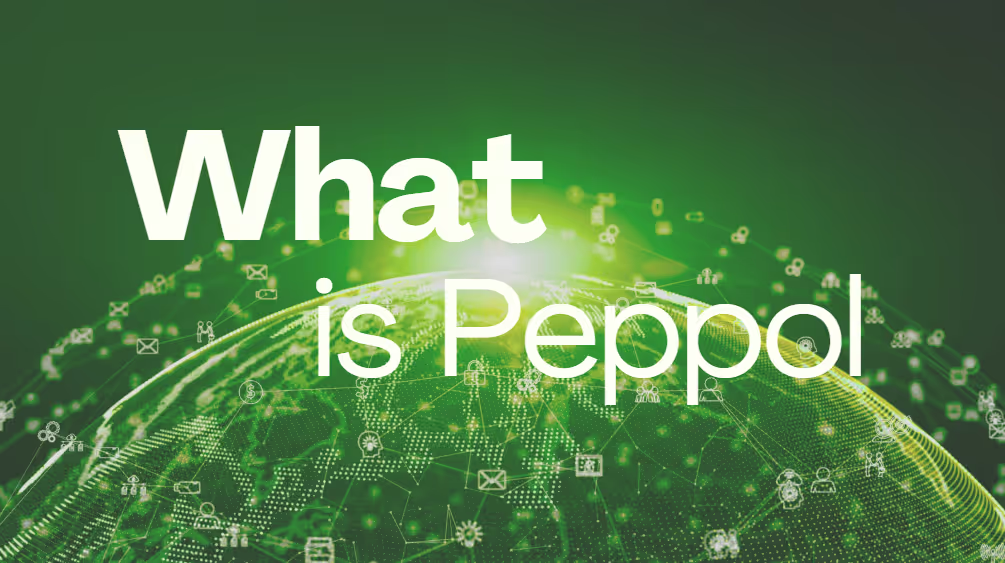








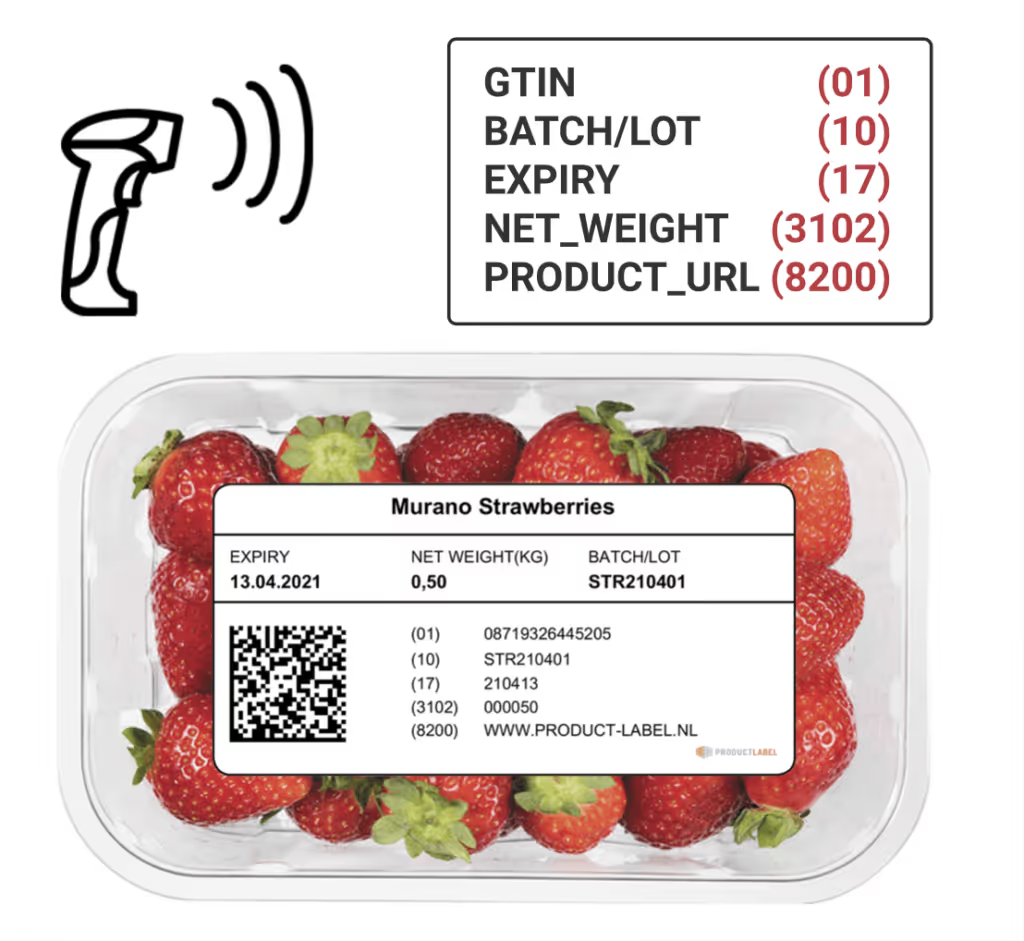

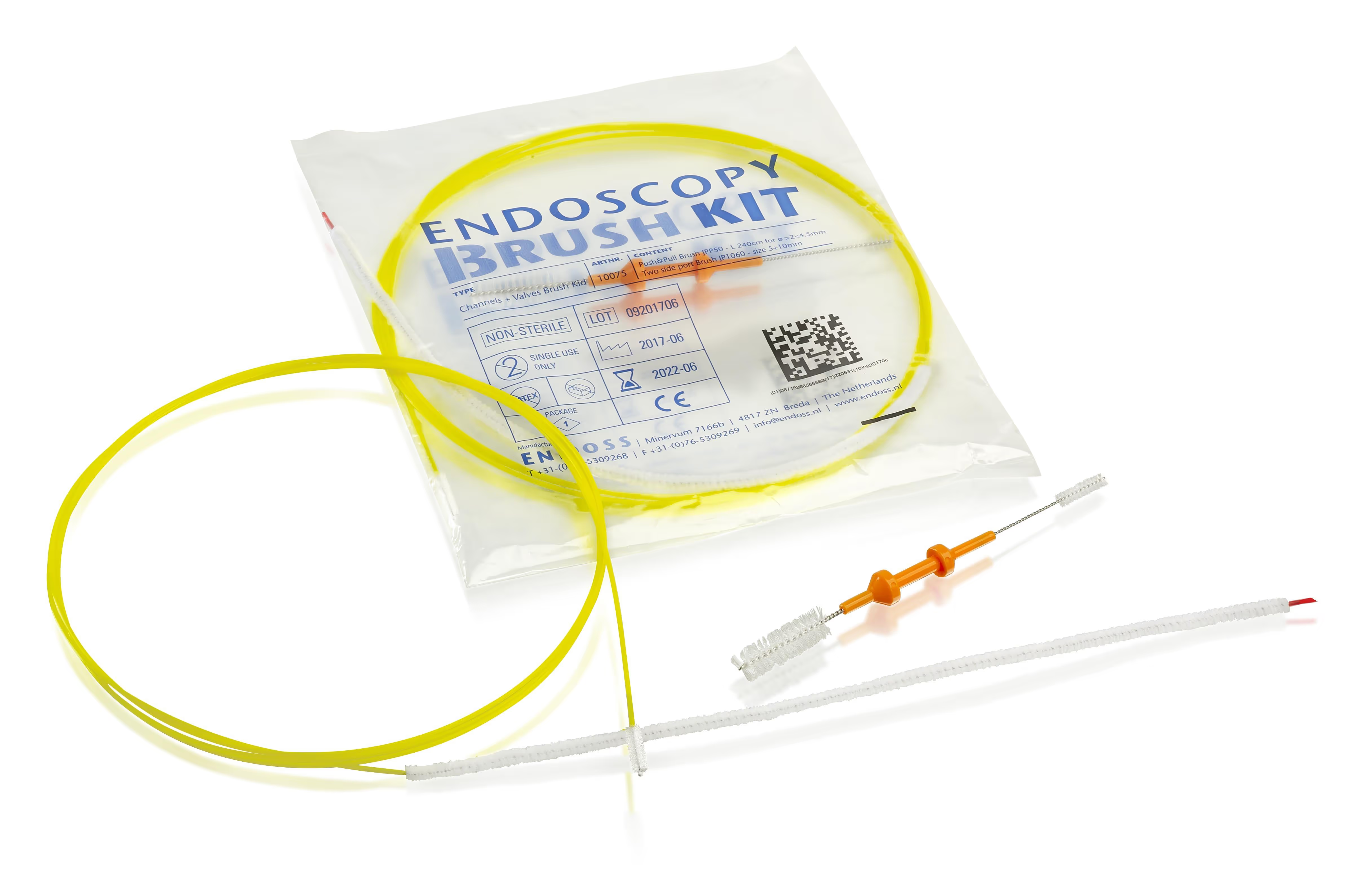
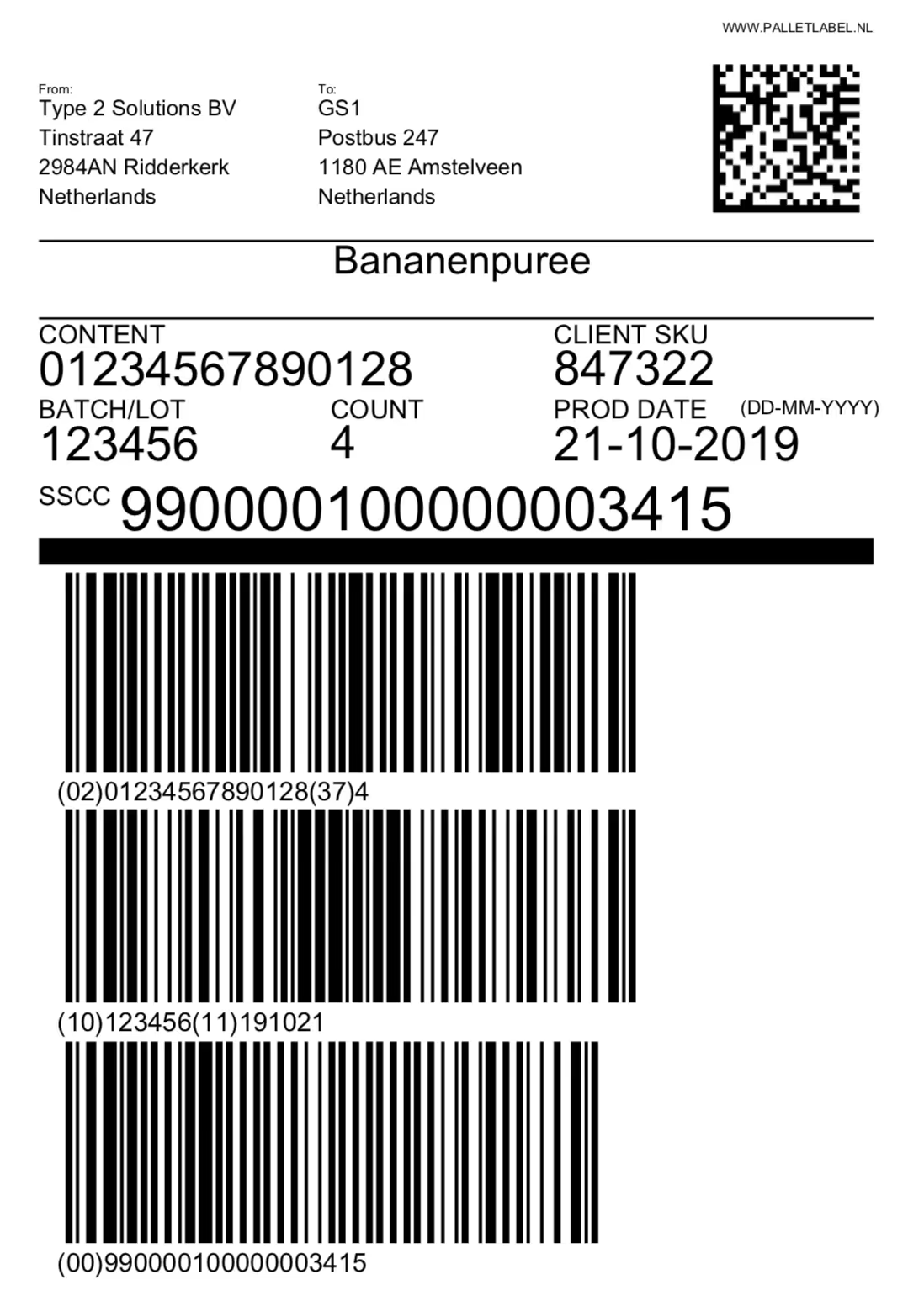
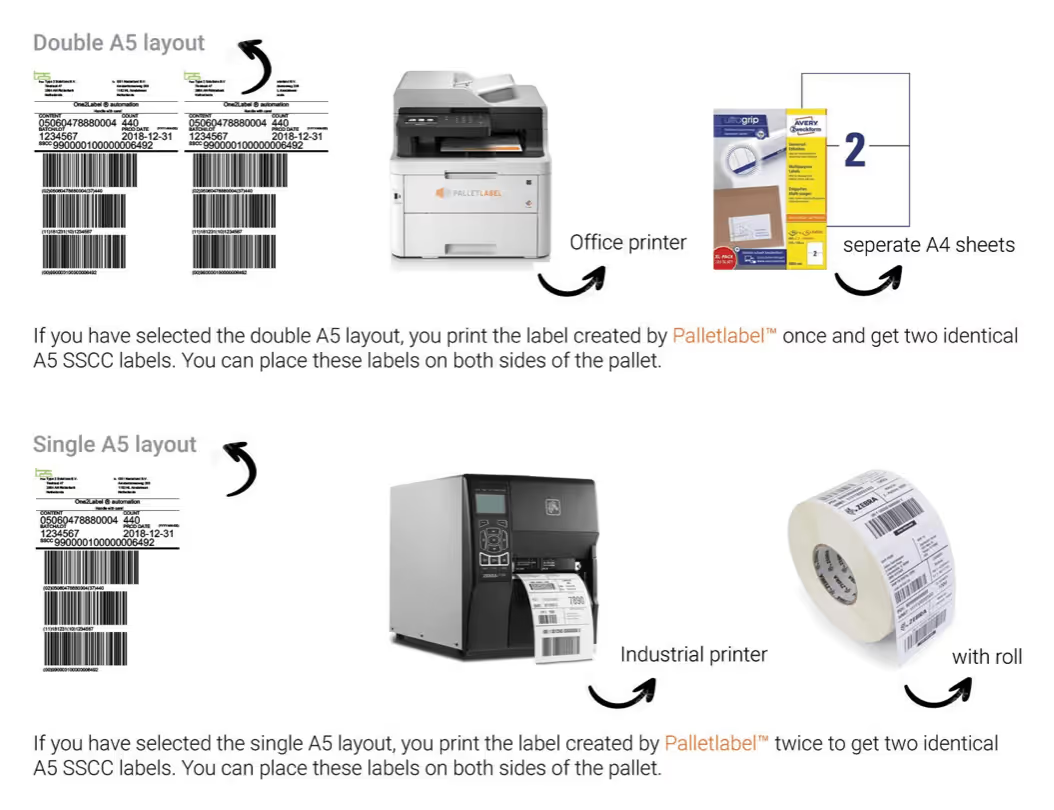
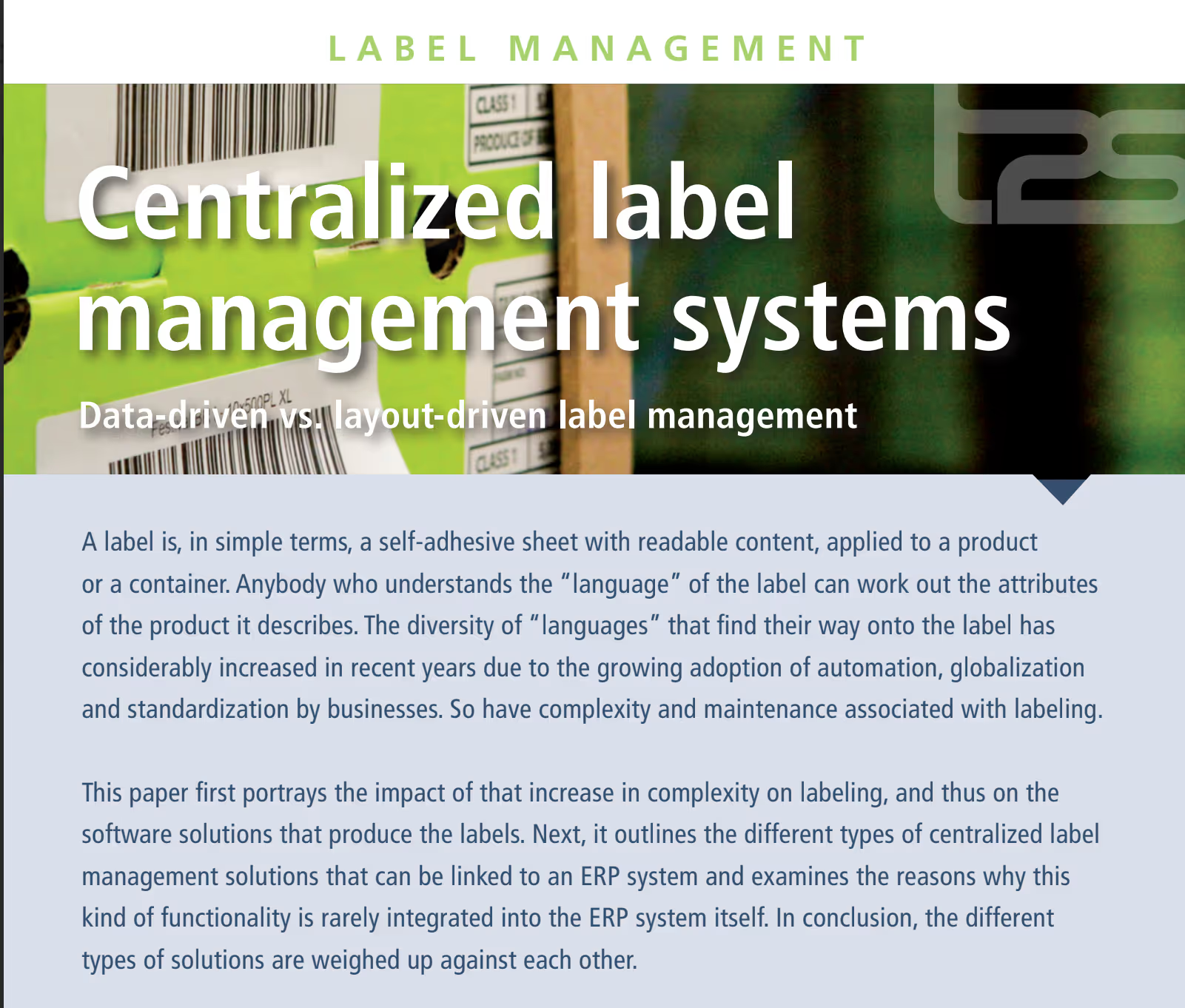

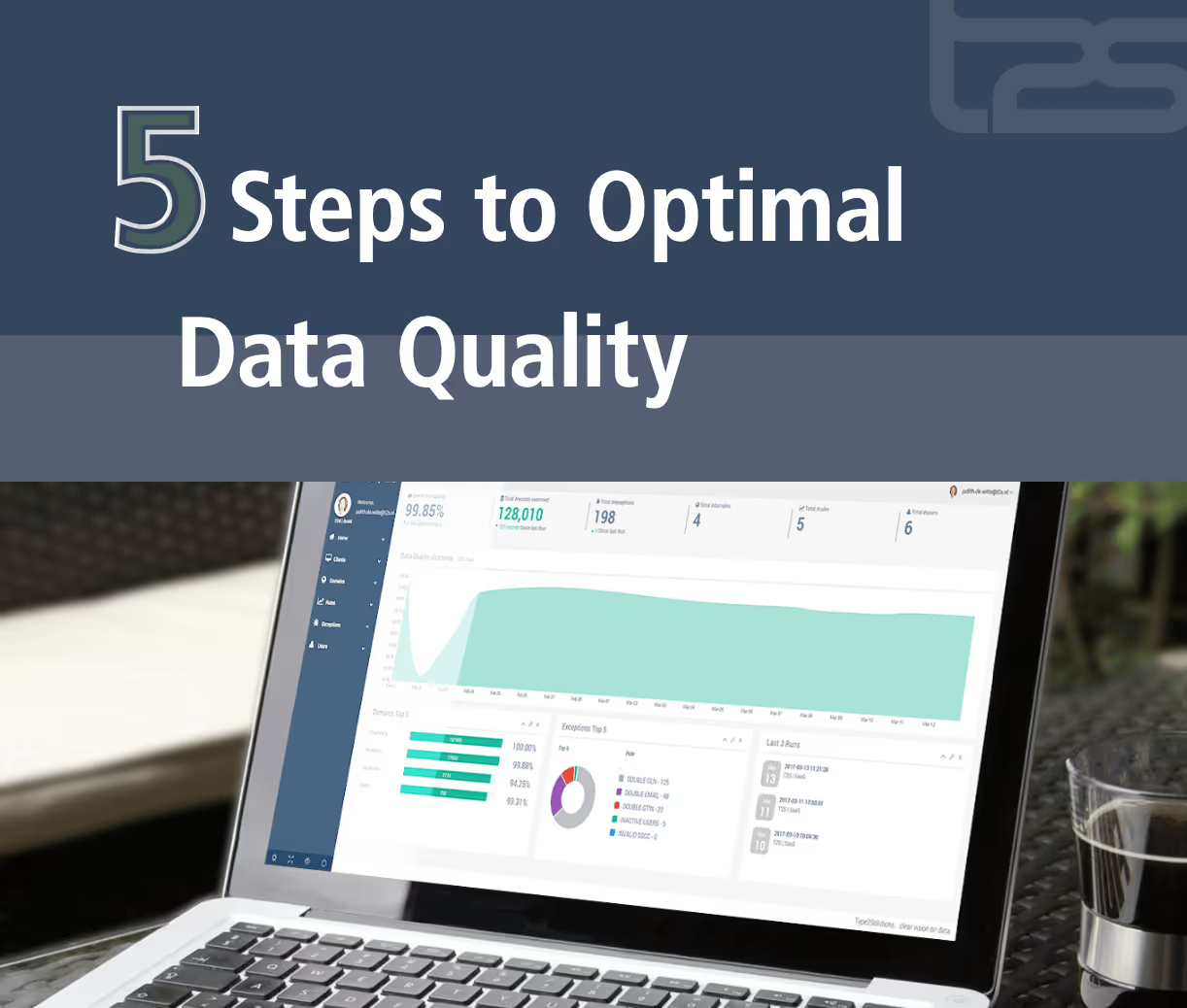

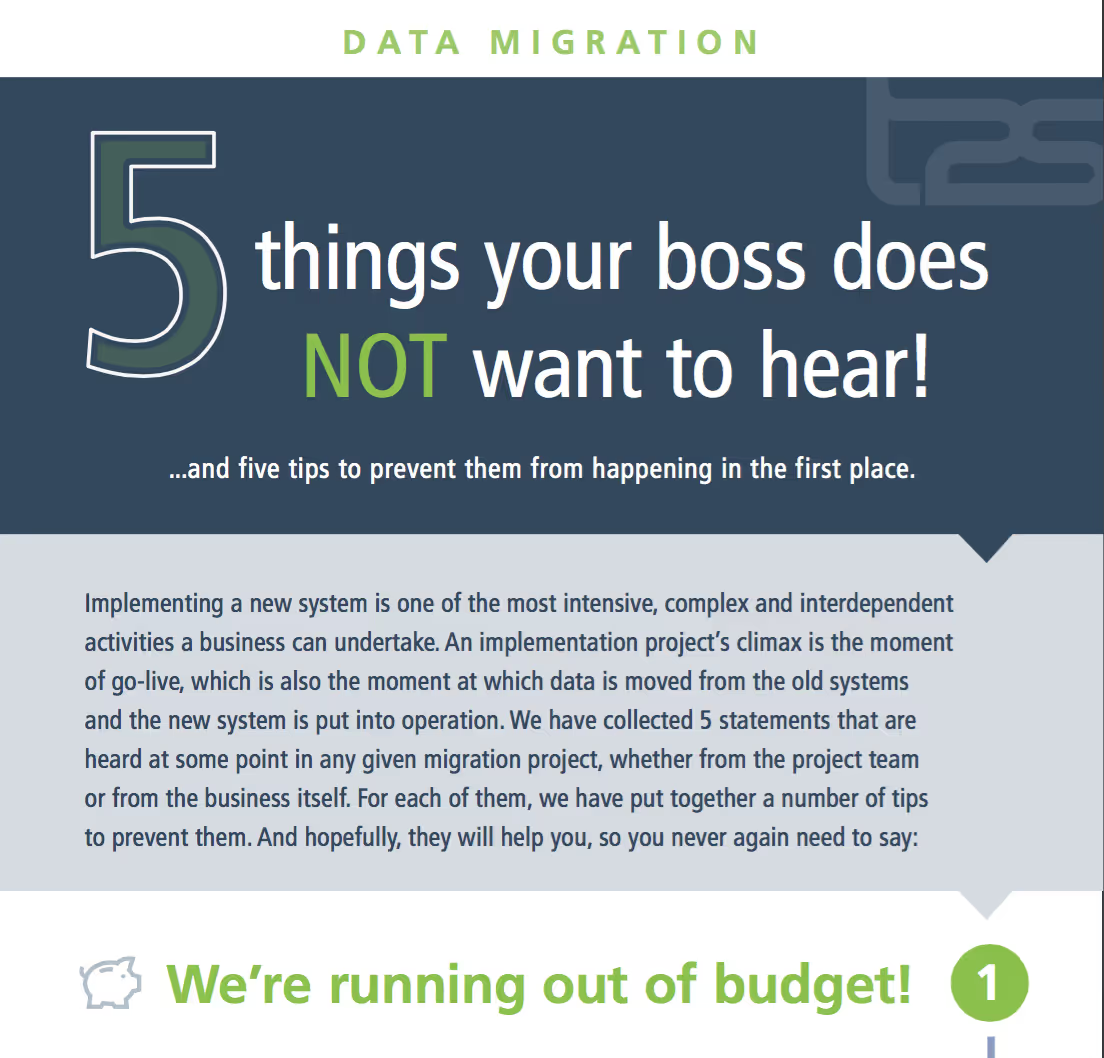
.avif)
